Pyrogen Testing
We offer a highly reliable rabbit-free pyrogen test. Learn about testing for fever-causing substances in pharmaceutical products and medical devices to ensure patient safety.
What is a pyrogen?
Pyrogens are substances that can cause fever in both humans and animals. These compounds can originate from various sources such as bacteria, viruses, fungi, or even from the host’s body itself. Pyrogens can be classified into two main categories: exogenous and endogenous pyrogens.
Exogenous pyrogens
Exogenous pyrogens originate from outside of the body. When these pyrogens enter the body, they are recognized by special receptors called toll-like receptors (TLRs) found on monocytes. The TLRs then activate signaling pathways within the body, which leads to the release of cytokines. This cytokine release triggers a fever response, causing the body temperature to rise.
Endogenous pyrogens
Endogenous pyrogens, such as interleukin-6 (IL-6), are produced by the body in response to exogenous pyrogens. IL-6 and other endogenous pyrogens induce a febrile response, leading to a rise in body temperature. This immune response is a natural defense mechanism against infection and helps to eliminate pathogens.
Diversity of exogenous pyrogens
Endotoxin pyrogenic contaminants
Derive from Gram-negative bacteria – e.g. lipopolysaccharides (LPS) – that are found on bacterial cell walls, and are characteristically very resistant to heat.
Non-endotoxin pyrogenic contaminants
Derive from:
- Gram-positive bacteria (e.g. peptidoglycan, lipoteichoic acids and bacterial lipoproteins)
- Viruses (e.g. virion components deriving from myxoviruses like influenza)
- Yeast & funghi (e.g capsular polysaccharide)
- Non-biological sources (e.g. rubber, plastic or metal)
The history of pyrogen testing
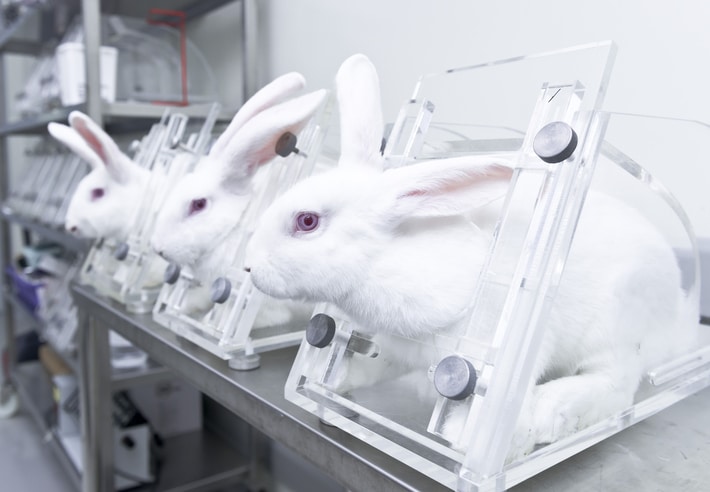
1910's: Rise of the Rabbit Pyrogen Test
In 1912, Hort and Penfold formally identify the agents at the root of the fever as “pyrogens”. Hort and Penfold also designed the first – and still most commonly used – pyrogenicity assay which saw the substance material injected into rabbits.

1970s: Breakthrough with BET pyrogen test
Shortcomings of RPT in relation to human specificity, sensitivity and non-quantifiable results led to innovation and gradual adoption of bacterial endotoxin test (BET) based on on the Limulus Amebocyte Lysate (LAL) in the 1970s.
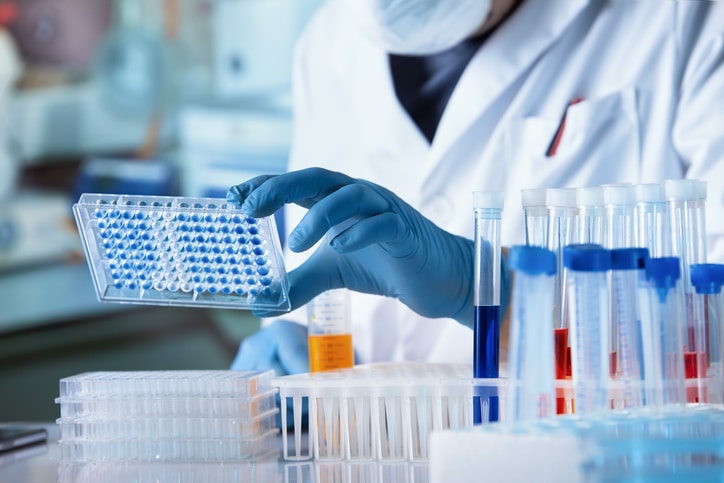
1980's: Rising NEP significance in pyrogen testing
Increasing biological complexity in drugs (e.g. biotechnology and cell therapy products) and their production processes meant QC for pyrogenic contamination has grown equally complex. Risks of other pyrogenic contaminants – namely non-endotoxin pyrogens (NEPs) become significant. Not detectable by BET.
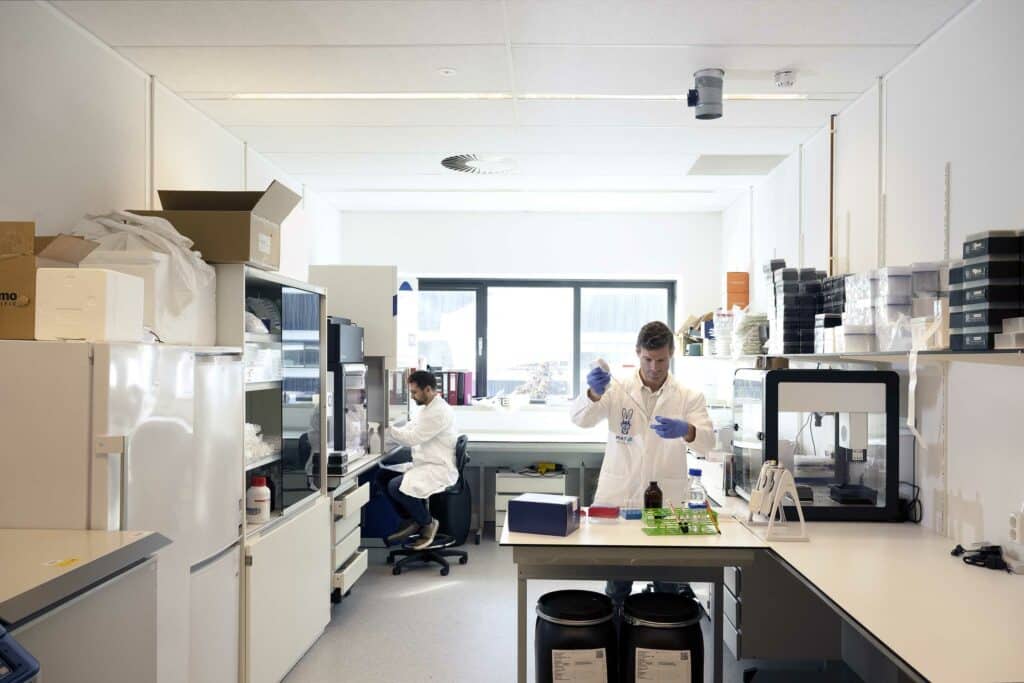
2010's: E.P. introduces MAT as recommended pyrogen test
MAT was pointed to as the compendial method of pyrogen detection in the European Pharmacopoeia (chapter 2.6.30.) and since the 2016 revision, recommendations have been given to replace tests on rabbits with the MAT, wherever possible and after product specific validation (EP 2.6.8., Rev. July 2016).
What do international pharmaceutical regulatory bodies have to say about pyrogen testing?
Testing the degree of pyrogenic contamination of sterile parenteral drugs and medical devices is a ubiquitously mandated quality control measure by standards defined by international regulatory bodies including the European Pharmacopeia (EP), European GMP – Annex 1, USP 151, FDA Guidance for industry – Sterile Drug Product produced by aseptic Processing – Current Good Manufacturing Practice.
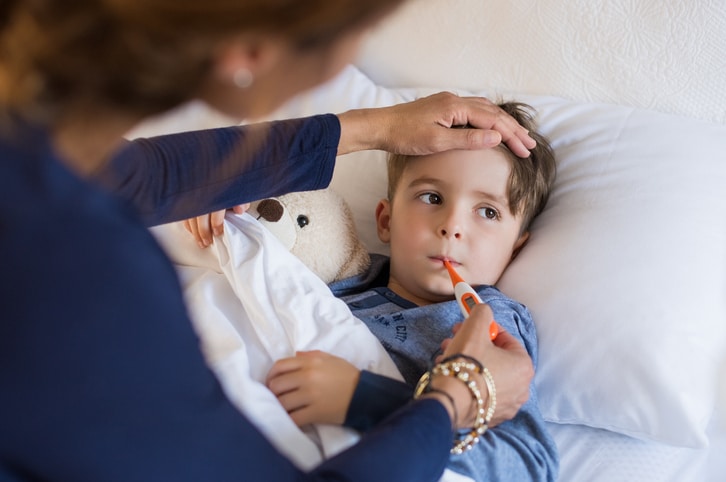
Why test for pyrogens?
To ensure patient safety. Pyrogenic contamination of parenteral drugs and medical devices can cause fever, diarrhea, vomiting, and endotoxic shock in humans at sufficient levels of concentration and biological activity.
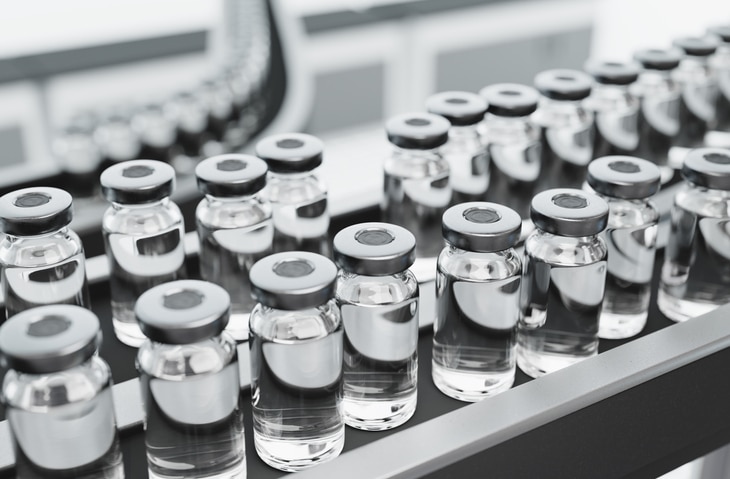
How does pyrogenic contamination occur?
Pyrogenic contamination can occur in materials, production processes, or administration of parenterals. Pyrogenicity can also be intrinsic to the product, such as adjuvants in vaccines.

What is pyrogen testing for non-endotoxins?
Testing for non-endotoxin pyrogens (NEPs) is essential because they can also cause adverse reactions in humans, such as fever, pain, and redness. In some cases, NEP contamination has been linked to serious adverse effects in patients. Therefore, detecting and quantifying NEPs in pharmaceutical products is essential to ensure their safety and efficacy.
Pyrogen testing methods
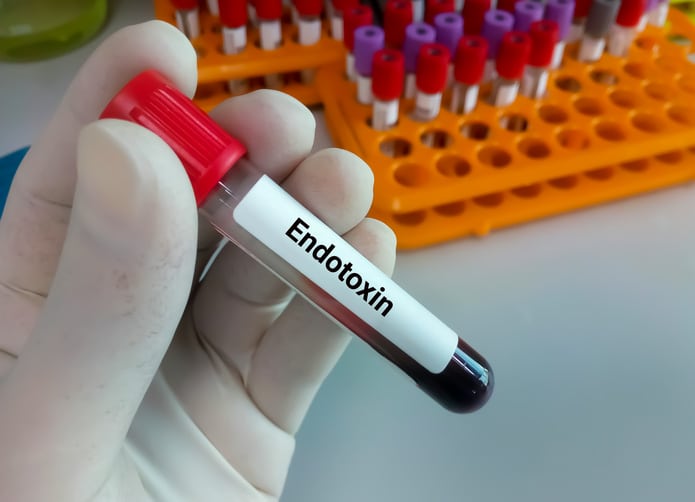
Limulus Amebocyte Lysate (LAL) Test
This test is based on a clotting reaction of the hemolymph derived from the horseshoe crab. There are three variations in methodology: gel-clot, turbidimetric, and chromogenic.
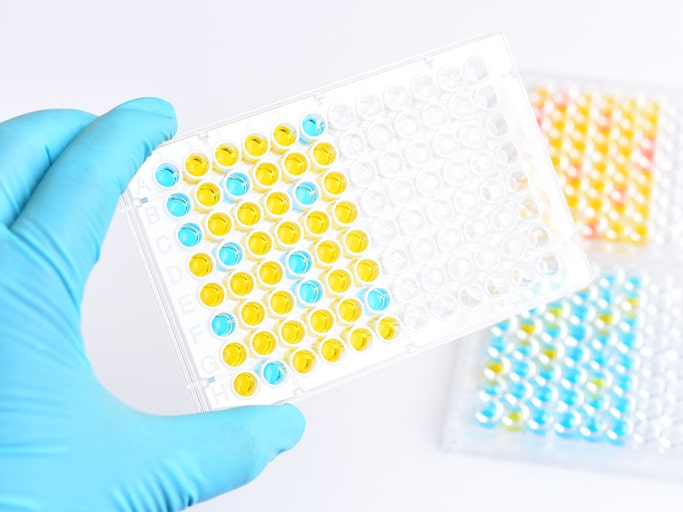
Monocyte Activation Test (MAT)
Samples are incubated in human monocytes that produce cytokines/interleukins (IL) if pyrogens are present. The cytokines/interleukins are then detected in an immunological assay (ELISA).
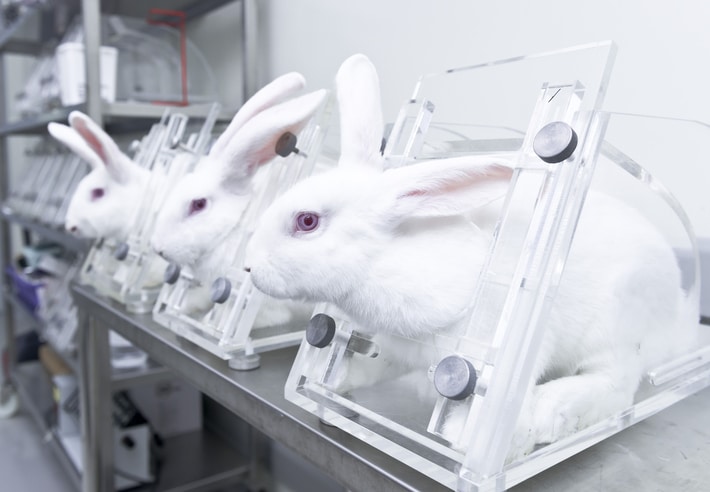
Rabbit Pyrogen Test (RPT)
The RPT involves measuring the possible rise in temperature of three rabbits following the intravenous injection of a test solution in each rabbit.
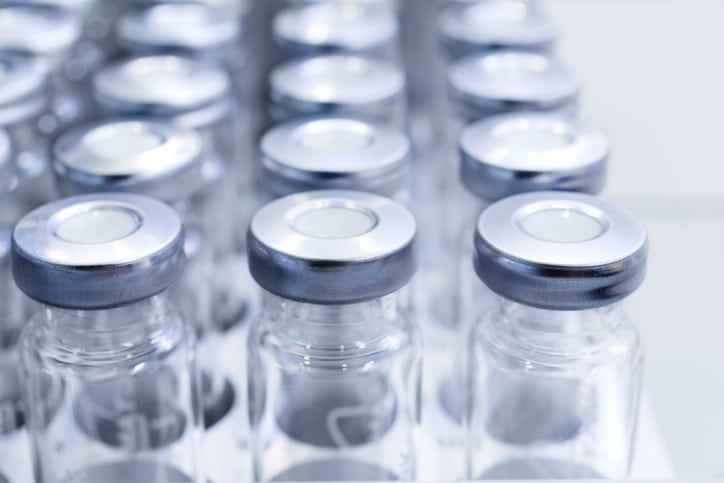
Recombinant Factor C (rFC) Test
rFC is a non-animal mimic of the LAL, which is a genetically engineered protein that produces a fluorescent end product that is quantifiable when activated by endotoxins.
| Limulus Amebocyte Lysate (LAL) Test | Monocyte Activation Test (MAT) | Rabbit Pyrogen Test (RPT) | Recombinant Factor C (rFC) Test | |
|---|---|---|---|---|
| Animal friendly | ✘ | ✔ | ✘ | ✔ |
| Can test biologics | ✘ | ✔ | ✔ | ✘ |
| Detects NEPs | ✘ | ✔ | ✔ | ✘ |
| Human-specific | ✘ | ✔ | ✘ | ✘ |
| In-vitro | ✔ | ✔ | ✘ | ✔ |
| Lower limit of detection (LoD) (EU/ml) | 0.005 | 0.1 - 0.004 | 0.5 | 0.005 |
| Low susceptibility to interfering factors | ✘ | ✔ | ✔ | ✘ |
| Quantifiable | ✔ | ✔ | ✘ | ✔ |
Where the European Pharmacopoeia recommends MAT
EP 2.6.8 Pyrogens: Recommends to replace the Rabbit Pyrogen Test by MAT (2.6.30) wherever possible after product-specific validation (EP 2.6.8, July 2016).
EP 5.1.10 Guidelines for using the test for bacterial endotoxins specifies: “The Monocyte Activation Test (2.6.30) is a suitable method to use to rule out the presence of non-endotoxin pyrogens in substances or products” (EP 5.1.10, January 2017).
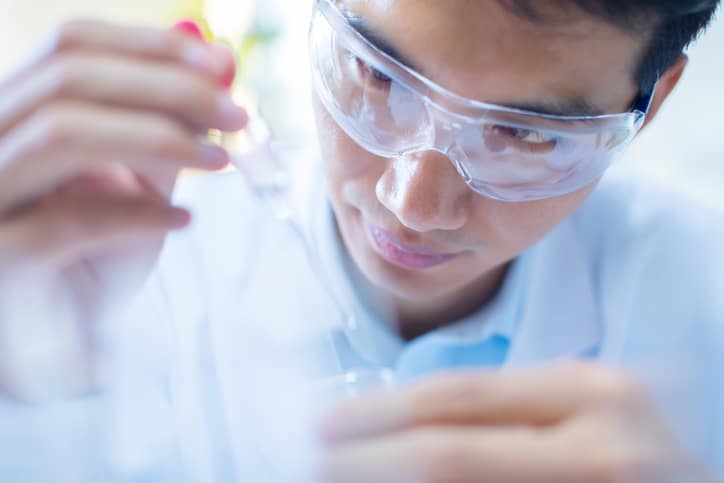
Pyrogen testing for biologic products
The LAL and rFC pyrogen tests use enzymatic reactions that may not work well for biologic products, while the Rabbit Pyrogen Test (RPT) is being phased out due to ethical concerns. Therefore, the only appropriate pyrogen test for biologics is the Monocyte Activation Test (MAT), which is based on a biological reaction.
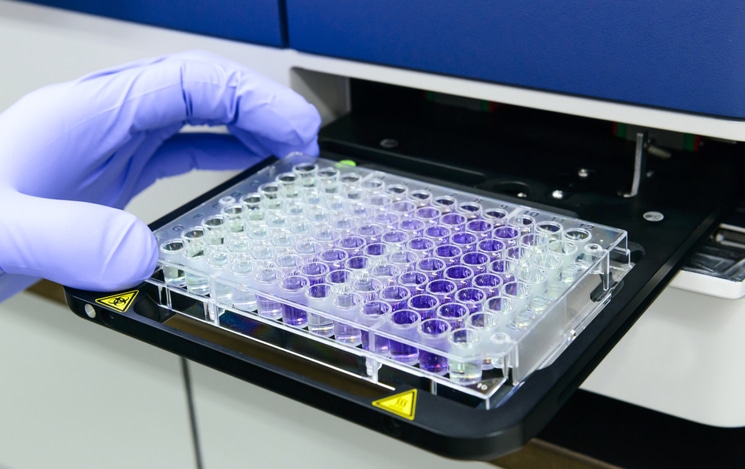
Pyrogen testing for products with low contaminate limit concentrations
When releasing products with low contaminate limit concentrations (CLCs), it is necessary to use an assay with a very low lower limit of detection (LoD). This is because the level of impurities in these products is very low and therefore requires a highly sensitive test to detect them.

Pyrogen testing for products with low endotoxin recovery effects
Unlike the Limulus amoebocyte lysate (LAL) and recombinant factor C (rFC) assays, the Monocyte Activation Test (MAT) pyrogen test is the least susceptible to interfering factors, including any low endotoxin recovery (LER) effects. This makes it a more reliable and accurate method for detecting pyrogens in pharmaceuticals and biologics.